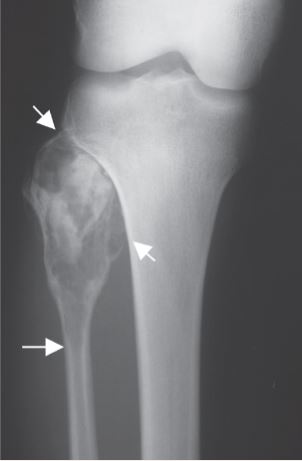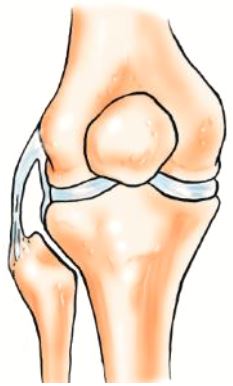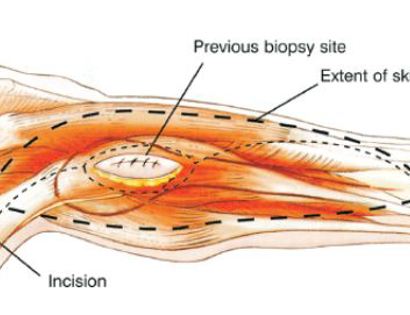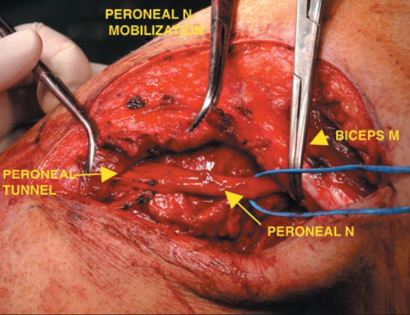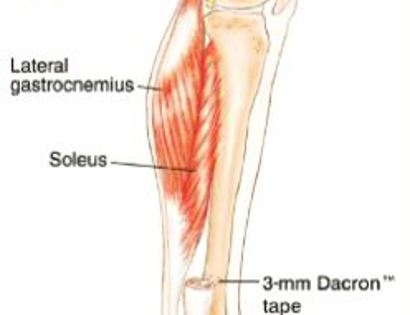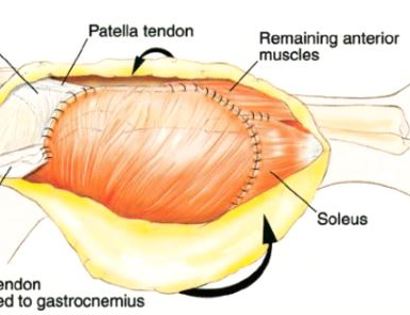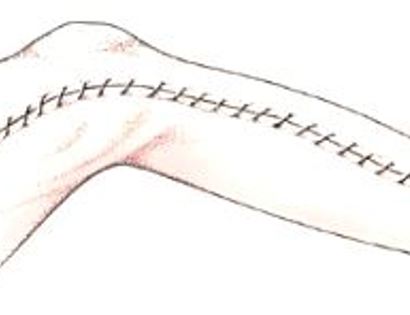What is a Fibular Resection?
The compartment of the knee involves the tibia, fibula, patella, and distal femur bones. The fibula is a relatively small bone in comparison to the tibia (shin bone) and is a rare anatomic location for both primary and metastatic bone tumors. When a lesion does arise in this area, it typically occurs in the proximal fibula (part of bone closest to knee), followed by the diaphysis (middle part of bone), and finally the distal fibula (lower part of bone near ankle). The most common tumors to arise from the fibula, include chondrosarcoma, osteosarcoma, and benign aggressive cysts. Limb-sparing surgery can be performed for approximately 95% of tumors arising from the fibula. In some instances the extremity cannot be saved and an above the knee amputation is performed.
Contraindications for saving the limb may include neurovascular invasion, infection, pathological fracture, extensive disease, involvement of the tumor into adjacent bone (tibia), contamination from a poorly performed biopsy, recurrent disease.
